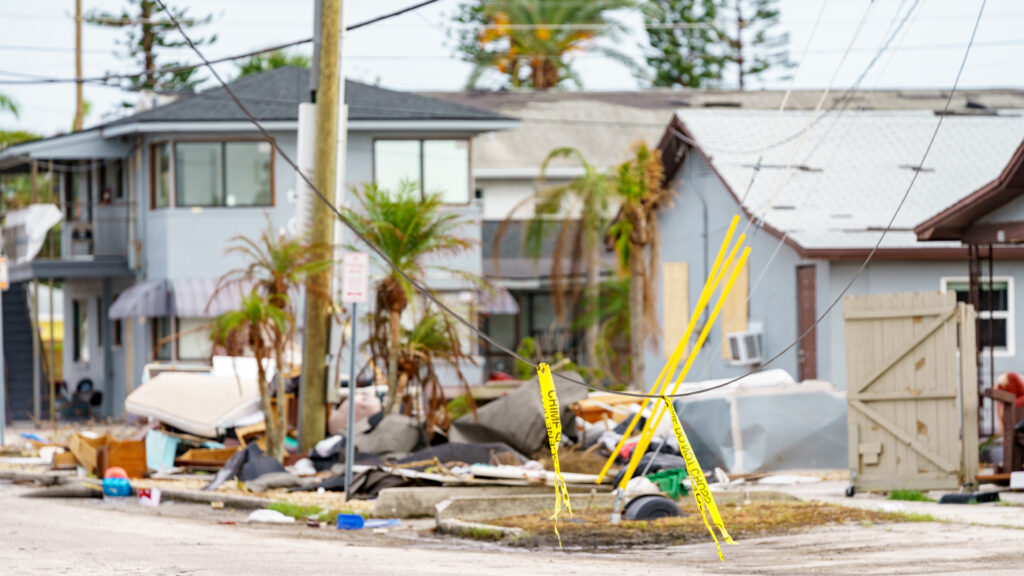By Dawn Shirreffs, Environmental Defense Fund
Recent hurricanes — Helene, Milton and Debby — were strong reminders of the importance of a resilient and reliable electric grid for Florida’s families and businesses. Widespread outages and costly storm recovery efforts highlighted the urgent need to strengthen our energy infrastructure. But as we move forward, it’s critical that we do so in a way that is effective and fiscally responsible.

Florida already has the fourth-highest electric bills in the nation. As demand for power grows and weather patterns become more extreme, modernizing the electric grid is necessary — but it must be done with careful planning and oversight. Long-term investments should be guided by data, not rushed decisions that place higher costs and additional financial strain on consumers.
That’s why it’s important that the Florida Public Service Commission (PSC) not get ahead of the comprehensive planning requirements laid out by the Federal Energy Regulatory Commission (FERC) in Order 1920. This federal guidance encourages utilities to take a more strategic, long-term approach — one that can help lower costs, reduce outages and ensure reliability.
One powerful way to support this smarter approach is through Grid Enhancing Technologies (GETs). A 2023 report by The Brattle Group found that GETs can play a valuable role in improving grid efficiency at every stage of transmission development — before, during and after construction. These technologies can relieve congestion, support system upgrades during construction and improve reliability once projects are completed — all while helping avoid unnecessary or premature capital spending.
Despite asking for more time to update their long-term planning frameworks, Florida Power & Light (FPL) is already charging ahead with substantial infrastructure projects. FPL has proposed spending $325 million to rebuild an existing 500-kilovolt transmission line and an additional $700 million on other infrastructure. These are significant investments, and while they may prove beneficial, it’s worth asking utilities to demonstrate whether there are more cost-effective options available.
FPL’s proposed rate increase — nearly 30% by 2029 — would impact households across the state. That’s why it’s essential regulators take a cautious, transparent approach that prioritizes consumer protection and long-term value.

The chief justice of Florida’s Supreme Court recently described the PSC’s process as a “black box” and noted it relies heavily on the utilities’ own narratives. Floridians deserve to know that utility investments are grounded in thorough planning, not made hastily or based solely on industry input.
Florida’s Public Service Commission should press pause on long-term rate hikes until utilities complete cost-effective, data-driven planning as required by FERC. By aligning with FERC’s planning requirements and encouraging the use of proven, cost-effective technologies, Florida can build a modern, reliable grid that supports growth and withstands future challenges — without placing an undue burden on ratepayers.
Now is the time to plan carefully, invest wisely and ensure every energy dollar delivers real value for the people of Florida.
Dawn Shirreffs is the Florida director of the Environmental Defense Fund. Dawn has more than 20 years public policy expertise focused on safeguarding natural resources and ensuring a clean, safe and affordable future for Florida families. Banner photo: High voltage electricity towers at a substation (iStock image).
Sign up for The Invading Sea newsletter by visiting here. To support The Invading Sea, click here to make a donation. If you are interested in submitting an opinion piece to The Invading Sea, email Editor Nathan Crabbe at nc*****@*au.edu.



